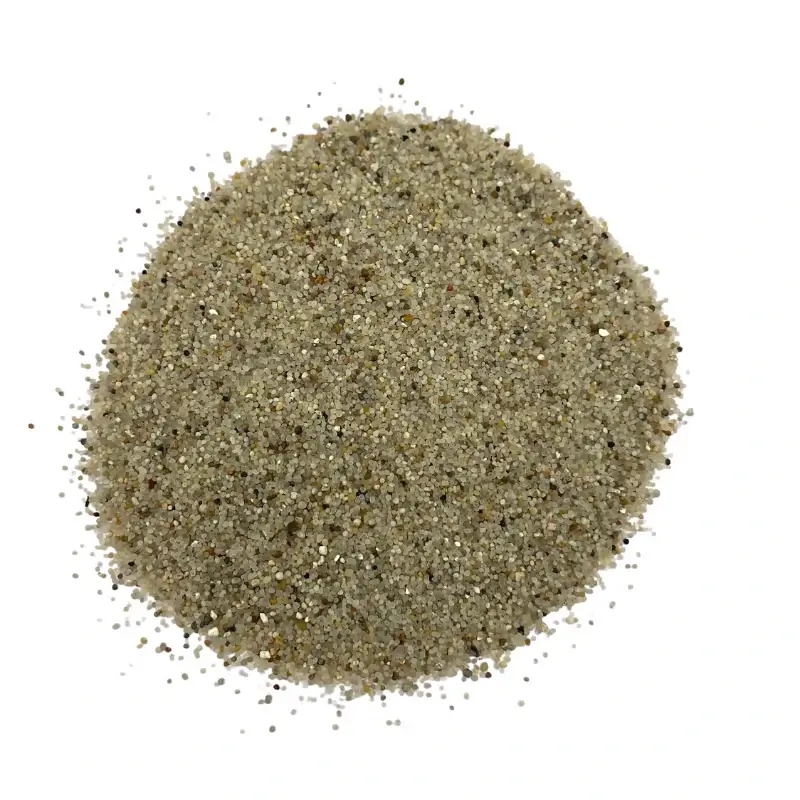
Creating a Unique and Engaging Experience with Natural Stone for Home and Garden Decor
The Beauty and Significance of Pebbles in Nature
Pebbles, often overlooked and taken for granted, are small, rounded stones that have traveled miles from their origins, shaped by the relentless forces of nature. Their simplicity and variety make them fascinating subjects of study and appreciation. Each pebble tells a unique story of geological processes, weathering, and the passage of time, reflecting the beauty of the natural world around us.
One of the most captivating aspects of pebbles is their diversity. They come in a range of colors, sizes, and textures, shaped by the minerals they contain and the environment in which they have formed. For instance, some pebbles boast a smooth, glossy surface, polished by the waves of an ocean, while others exhibit a rough, rugged exterior, telling tales of their journey through riverbeds and mountains. Commonly found in shades of gray, brown, and white, certain pebbles can also have striking hues of red, green, and blue, depending on the geological composition of the area they originated from.
Pebbles serve various essential roles in the ecosystem. They contribute to the structural integrity of riverbanks and shorelines, preventing erosion and maintaining the balance of local habitats. In freshwater environments, pebbles provide a stable substrate for aquatic plants and serve as hiding spots for various species of fish and invertebrates. On land, they play a crucial role in soil formation, helping to regulate drainage and protect against compaction. The presence of pebbles can even influence local biodiversity, as different plant species gravitate towards specific soil and pebble compositions.
pebble

In addition to their ecological significance, pebbles hold cultural and artistic value. Through history, they have inspired countless artists and craftsmen. From ancient civilizations that used pebbles to create beautiful mosaics to modern sculptors who incorporate stones into their works, pebbles have always been a medium of artistic expression. The act of collecting pebbles is also a cherished pastime for many, serving as a way to connect with nature. Souvenirs from beach vacations or treasured finds from nature walks become tactile memories, often displayed in homes as decorative elements that remind us of our adventures.
Furthermore, in many cultures, pebbles carry symbolic meanings. They can represent permanence and stability, as their enduring presence contrasts with the transience of human life. In various spiritual traditions, pebbles are used in rituals and meditative practices, symbolizing grounding and a connection to the Earth. The simple act of holding a pebble can evoke a sense of calm and mindfulness, encouraging individuals to reflect and appreciate the moment.
In our fast-paced world, the beauty of pebbles serves as a reminder to slow down and appreciate the small, often unnoticed elements of our environment. Whether you find them on a hike in the mountains, at the edge of a serene lake, or scattered along a sandy beach, pebbles invite us to pause and admire the intricate artistry of nature. They embody resilience, patience, and the infinite power of time, making them more than mere stones – they are symbols of the enduring beauty of the earth.
In conclusion, pebbles are not only geological wonders but integral components of our ecosystems, cultural artifacts, and sources of inspiration. Whether through their ecological roles, artistic significance, or symbolic meanings, pebbles remind us of the beauty and complexity of the natural world, encouraging us to cherish and protect the environment we inhabit.
Share
-
Premium Pigment Supplier Custom Solutions & Bulk OrdersNewsMay.30,2025
-
Top China Slag Fly Ash Manufacturer OEM Factory SolutionsNewsMay.30,2025
-
Natural Lava Rock & Pumice for Landscaping Durable Volcanic SolutionsNewsMay.30,2025
-
Custom Micro Silica Fume Powder Manufacturers High-Purity SolutionsNewsMay.29,2025
-
Custom Mica Powder Pigment Manufacturers Vibrant Colors & Bulk OrdersNewsMay.29,2025
-
Custom Micro Silica Fume Powder Manufacturers Premium QualityNewsMay.29,2025






